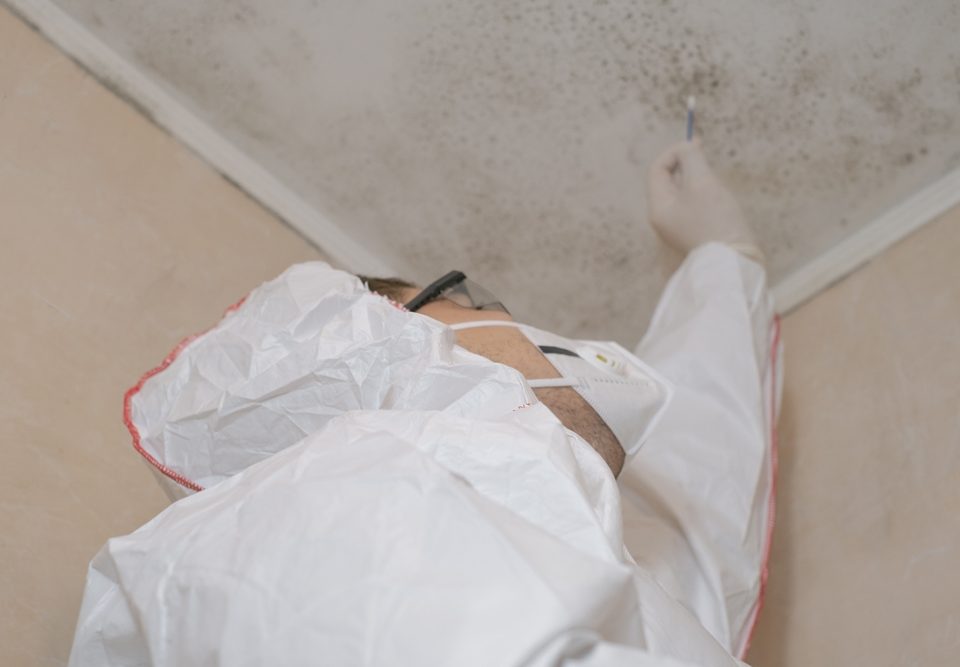- Call Now for a Free Quote
- 801.400.7867
What Home Inspections Don’t Include: Roof, Drilling, Septic

What Inspectors Don’t Miss: Pests, Structural, Electrical
March 14, 2023
What Home Inspections Don’t Include: Hazards, Pools, More
May 9, 2023Home inspections are all about learning more information about a given home, and knowing the kinds of things you can expect to find out from such a report is vital. There’s also an important flip side here: Knowing the kinds of things that are not covered by typical home inspections, and which you should not expect to learn about.
At Aerolite Consulting, we provide the very best home inspection services you’ll find in Salt Lake City, Provo, Orem, St. George or other parts of Utah – and we’re happy to detail precisely what is and is not included in our inspections. We also offer numerous related services like energy audits, tests for environmental contaminants (mold, asbestos, etc.) and more. In this two-part blog series, we’ll discuss some of the home elements that are typically not covered by home inspections to ensure you’re properly informed.
Roof Accessories
While many standard home inspections will include basic visual inspections of the roof’s condition, one particular area that is seldom included is the roof accessories. This includes anything from skylights and chimneys to gutter systems, vents and any other roof-mounted items.
While a home inspector may make brief notes about these elements being present or absent, most do not go into much detail about them as this level of diligence typically requires specialized knowledge beyond the scope of the inspection.
No Drilling or Wall Removal
Another approach that home inspectors are not generally licensed to do is to use drills or other tools to gain access to hidden parts of the house, such as inside walls and ceilings. This means that should you have any concerns about potential water leaks, mold or other issues behind these walls, they will not be able to confirm the presence or absence of potential problems in this way.
A good example here is the electrical outlets that are present in a given home. While an inspector will visually inspect these outlets and even confirm that they work by plugging in a device, they will generally not take the step to drill into walls or remove outlets in order to inspect wire connections behind them.
Sewer and Septic System
In the majority of cases, a home inspector is not allowed to inspect any kind of sewer or septic system. This is typically due to safety regulations which require individuals who are licensed in this area to perform such inspections. It also may be due to the fact that these systems are connected to public utilities that require specialty care.
Should you have concerns about your home’s sewer or septic system, it would be wise to contact specialists who can conduct a thorough inspection.
In part two of our series, we’ll look at some additional areas that are not covered. For more on this or to learn about any of our home inspection services in SLC, Provo, Orem, St. George and other parts of Utah, speak to our team at Aerolite Consulting today.




